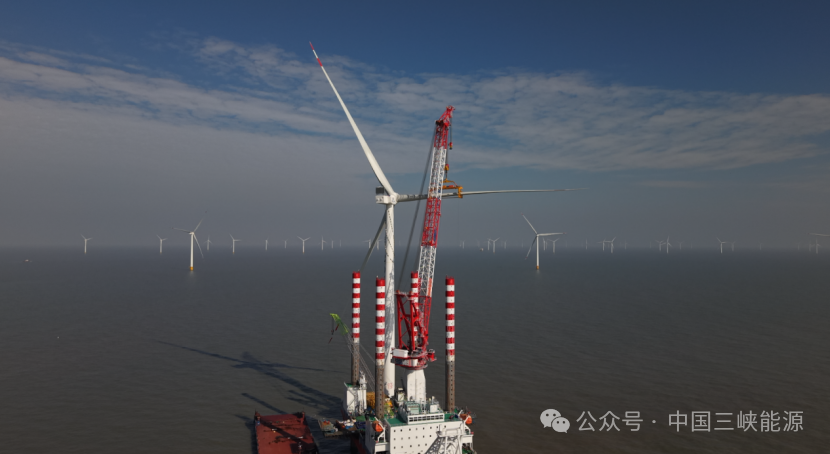Clean energy can fuel the future — and make the world healthier
In this thought-provoking editorial dated August 8, 2023, the myth that clean energy hinders global economic development is debunked. The piece sheds light on the slow progress towards achieving Sustainable Development Goal 7 – ensuring universal access to affordable and clean energy by 2030. Fossil fuel interests continue to impede advancements, prompting a call for a paradigm shift. The editorial explores recent scientific findings, revealing that embracing clean energy may not only be essential for a healthier planet but also a catalyst for economic growth. It urges leaders to break free from outdated notions, advocating for international cooperation, innovative policies, and a science-driven approach to expedite the transition to a sustainable energy future.

Clean energy can fuel the future — and make the world
healthier
The 2030 targets laid out by the United Nations for the seventh Sustainable Development Goal (SDG 7) are clear enough: provide affordable access to energy; expand use of renewable sources; improve energy efficiency year on year; and enhance international cooperation in support of clean-energy research, development and infrastructure. Meeting those goals, however, will be anything but simple. As seen in many of the editorials in this series examining the SDGs at their halfway stage, the world is falling short.
This is due, at least in part, to the influence of the fossil-fuel industry, which drives the economics and, often, the politics of countries large and small, rich and poor. Rising human prosperity, as measured by economic growth, has long been linked to an abundance of fossil fuels. Many politicians fear that the pursuit of clean-energy sources will compromise that economic development. The latest science clearly counters this view — but the voice of the research community is not being heard in the right places. To meet the targets embodied in SDG 7, that has to change.
There is much to be done. In 2021, some 675 million people worldwide still did not have access to electricity. This is down from 1.1 billion a decade or so ago, but the pace of progress has slowed. On the basis of current trends, 660 million people, many of them in sub-Saharan Africa, will remain without electricity by 2030. And projections indicate that some 1.9 billion people will still be using polluting and inefficient cooking systems fuelled by coal and wood (see go.nature.com/3s8d887). This is bad news all round: for health, biodiversity and the climate.
Carbon emissions hit new high: warning from COP27

Achieving the energy-access targets was always going to be a stretch, but progress has been slow elsewhere, too. Take energy efficiency. More energy efficiency means less pollution, and energy efficiency has increased by around 2% annually in the past few years. But meeting the target for 2030 — to double the rate of the 1990–2010 average — would require gains of around 3.4% every year for the rest of this decade.
The picture for renewable energy is similarly mixed. Despite considerable growth in wind and solar power to generate grid electricity, progress in the heat and transport sectors remains sluggish. Renewable energy’s share of total global energy consumption was just 19.1% in 2020, according to the latest UN tracking report, but one-third of that came from burning resources such as wood.
One reason for the slow progress is the continued idea that aggressive clean-energy goals will get in the way of economic development. It’s easier and more profitable for major fossil-fuel producers to simply maintain the status quo. Just last month, ministers from the G20 group of the world’s biggest economies, including the European Union, India, Saudi Arabia and the United States, failed to agree on a plan to phase out fossil fuels and triple the capacity of renewable energy by 2030.
But this is where science has a story to tell. In the past, researchers say, many models indicated that clean energy would be more expensive than that from fossil fuels, potentially pricing the poorest nations out of the market as well as driving up people’s food bills and exacerbating hunger. But the latest research suggests that the picture is more complex. Energy is a linchpin for most of the SDGs, and research that merges climate, energy and the SDGs underscores this1. For example, the agriculture and food-transport sectors still depend on fossil fuels, and that generates pollution that kills millions of people each year. Other links are indirect: lack of access to light at night and to online information — as a result of energy poverty — hampers educational attainment and contributes to both long- and short-term inequality.
US aims for electric-car revolution — will it work?
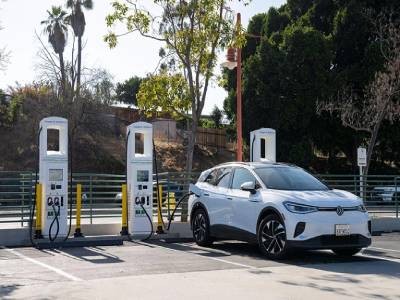
The lesson from research is that it might be easier, not harder, to address these challenges together. In 2021, researcher Gabriela Iacobuţă at the German Institute of Development and Sustainability in Bonn and her colleagues showed that technologies centred on renewable resources and efficiency tend to come with few trade-offs and many benefits, including improved public health and wealth, thanks to a cleaner environment and better jobs2. And climate scientist Bjoern Soergel at the Potsdam Institute for Climate Impact Research in Germany and his colleagues found that a coordinated package of climate and development policies could achieve most of the SDGs while limiting global warming to 1.5 °C above pre-industrial levels3.
The study assessed 56 indicators across all 17 SDGs. One proposed intervention is an international climate finance mechanism that would levy fees on carbon emissions that would be redistributed through national programmes to reduce poverty. A second focuses on promoting healthy diets — including reducing the consumption of meat, the production of which requires a lot of water, energy and land. This would benefit people on low incomes by lowering both food and energy prices.
The biggest challenge lies in translating these models to the real world. To do so, we need leaders who are not bound by outmoded thinking, are aware of the latest science and can draw on the research to build public support for the necessary energy transition. We require more national and international public institutions that are willing to address problems at the system level. And all of this needs a science community that is willing and able to champion knowledge and evidence.
What is Your Reaction?
 Like
0
Like
0
 Dislike
0
Dislike
0
 Love
0
Love
0
 Funny
0
Funny
0
 Angry
0
Angry
0
 Sad
0
Sad
0
 Wow
0
Wow
0


























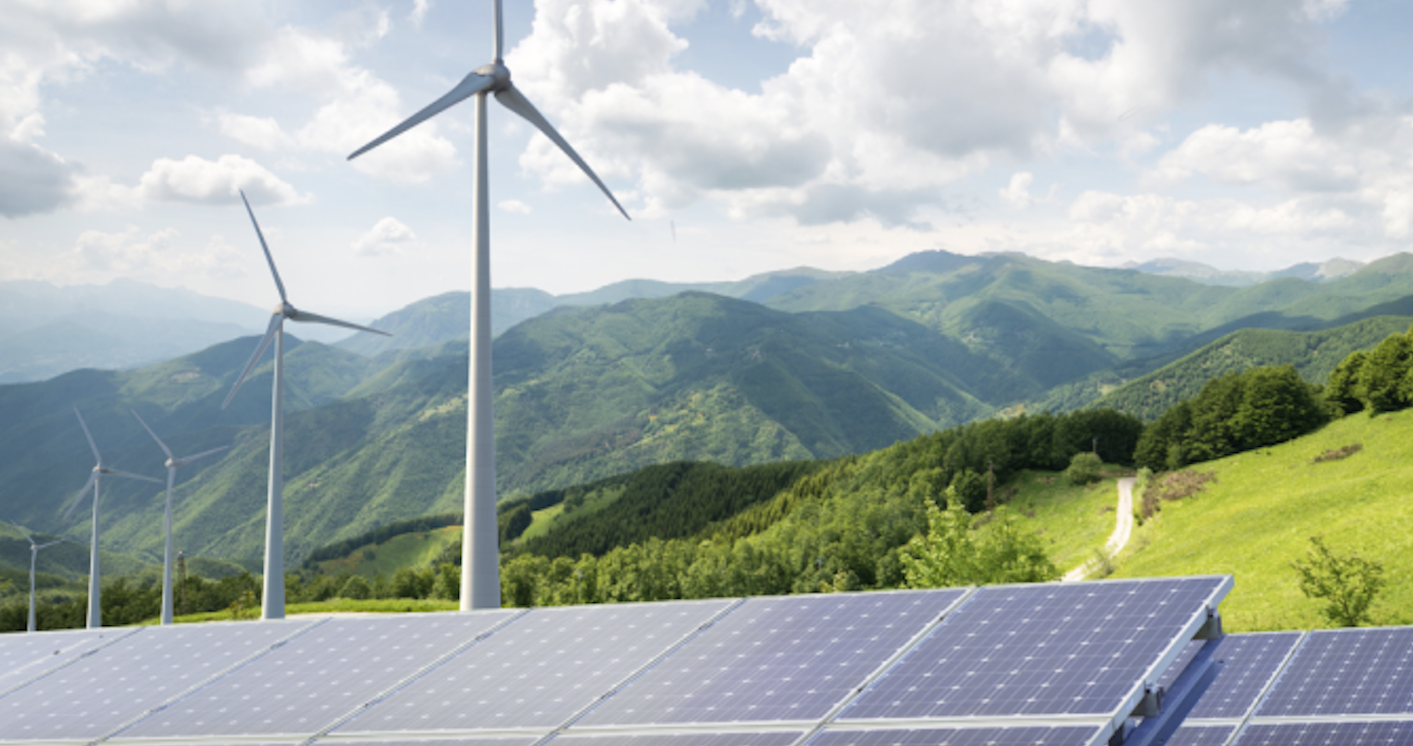



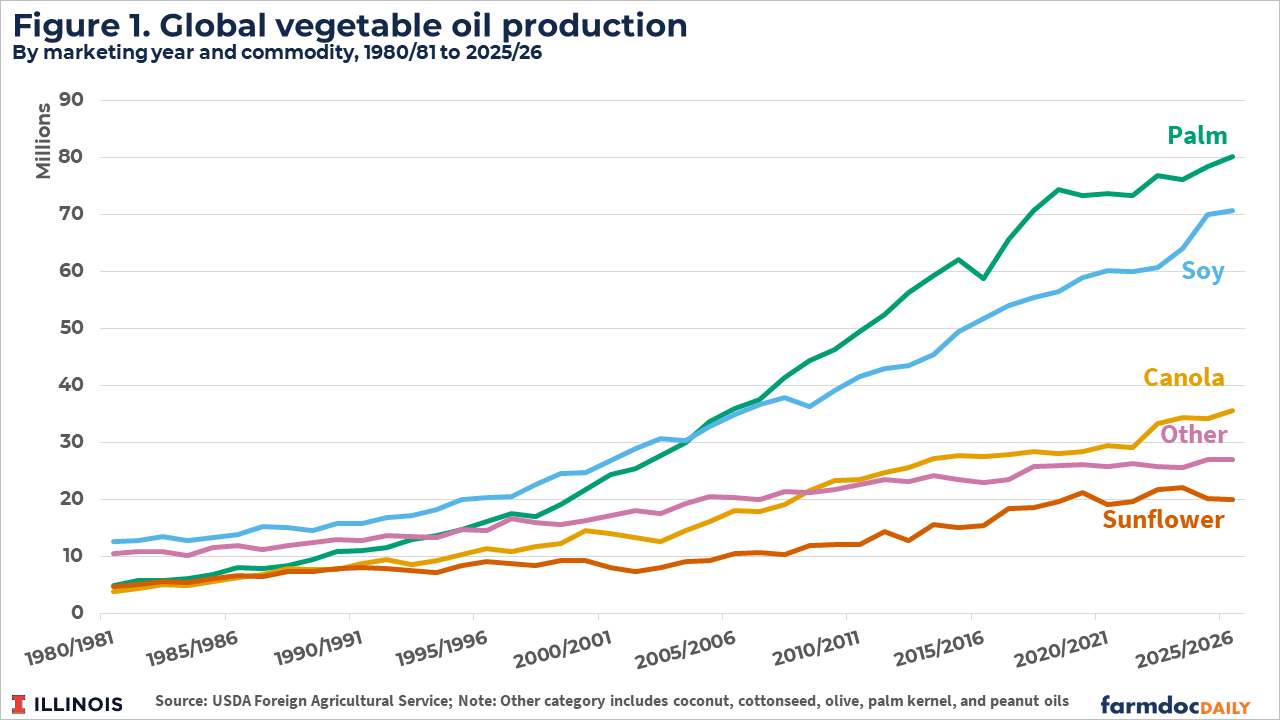
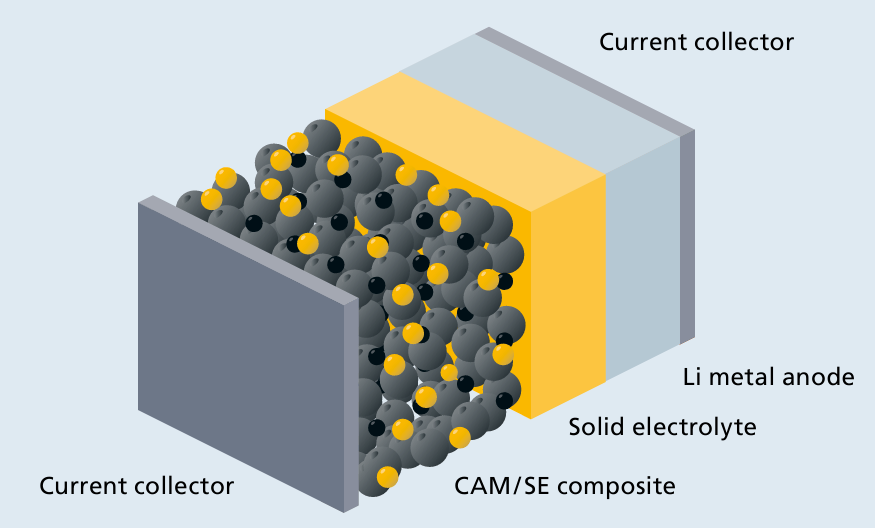


















.jpg.webp?itok=0ZsAnae9#)



/environment-climate-change-and-health-(ech)/water-sanitation-hygiene-and-health-(wsh)/landfill-tuvalu-36092.tmb-1200v.jpg?sfvrsn=5c21fe40_1#)











